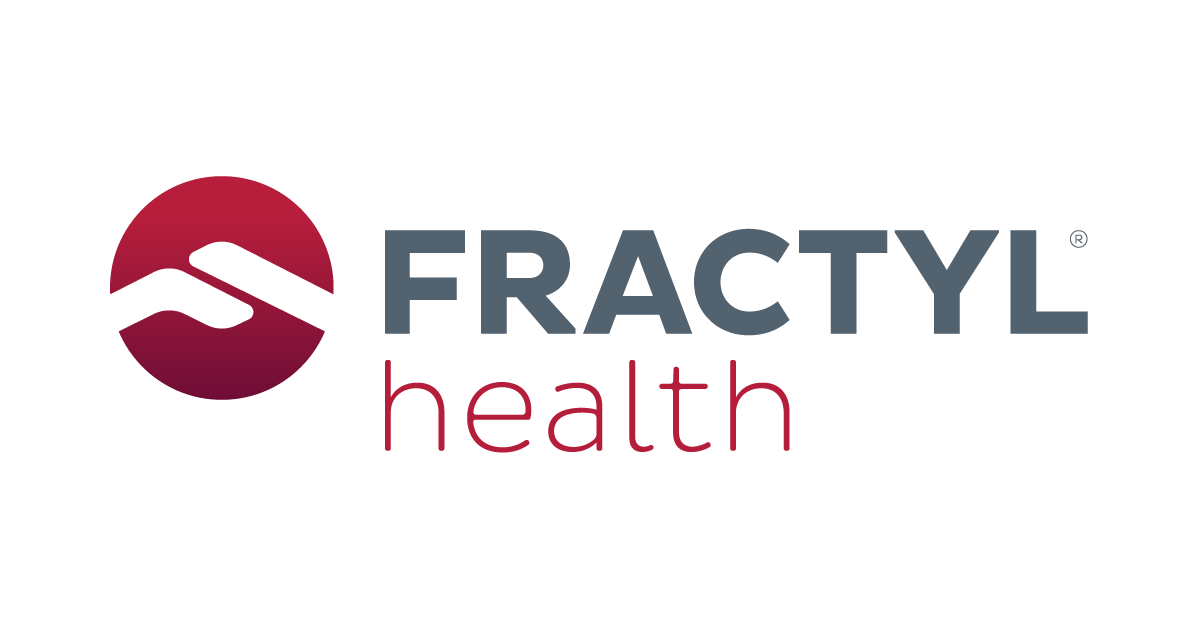A glimpse of the future: GLP1 Gene Therapy

GLP1 Receptor Agonists are a relatively safe, effective treatment for type 2 diabetes and weight management (even if at present only Wegovy is approved by the FDA for weight management).
Check out our quick explainer
But what if you didn't have to supplement the GLP1 Receptor Agonists your body naturally produces at all? What if you could just produce more of the molecules that trigger your GLP1 receptors and cause the same benefits that drugs like Ozempic, Wegovy, Mounjaro and Zepbound provide?
The answer in a far future might just be GLP1 gene therapy.
What is Gene Therapy in general?

Gene therapy is a form of genetic engineering – attempting to modify the DNA that your cells (and possibly the cells of your offspring) produce, in order to change how your body works, fundamentally.
There are lots of ways to do gene therapy, but they roughly fall into two groups relevant to this purpose:
- Inserting new genes (normally done via a modified virus that is inserted and makes changes to your cells, inserting the wanted DNA)
- Gene editing (via methods like CRISPR)
The FDA has an extremely useful explainer video you can breeze through to learn more outside of Wikipedia and other sources:
How does GLP1 Receptor Agonist technology be combine with gene therapy?
Finally we're at the premise – the idea is to get GLP1 Receptor Agonists to be produced more often in your body (i.e. without a need to augment using synthetic agonists produced by pharmaceutical companies) by modifying your body's natural expression of agonists.
Decades ago this might have been science fiction but it seems more and more like a possible (real) future now.
Where is science right now?
Well gene therapy has so far been seen to be more effective than semaglutide, but only in mice, and looks to be being pioneered by a company called Fractyl:

Straight from their own press release:

As with all biased sources (and glowing reviews on medical news sites), it's reasonable to take the results with a grain of salt and dig into them yourself, but this is perfectly indicative of a wave of research and a path forward.
As companies like Fractyl try to productize their their technology and reach the marketplace of consumers, more competitors and more large pharmaceuticals will take notice and try to offer the same solution.
While the consequences of gene therapy are unknown relative to some of the older options in medical care, it's certainly an exciting future prospect.
When can we expect GLP1 gene therapy to be mainstream?
Probably not for at least 5-10 years – scientific research, trials, and studies take a long time to complete properly, and after that approval of governing bodies like the FDA will take yet longer.
Until then, the study of GLP1 Receptor Agonists and their affects on the genes and the human body in general will be observed and studied, and we'll get even more information to help in the battle with obesity.
As with any treatment, consulting your doctor or medical health professional about your particular needs and requirements should be the first step.






